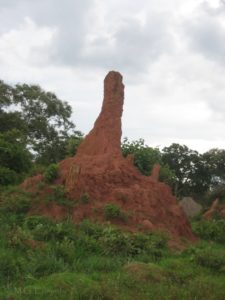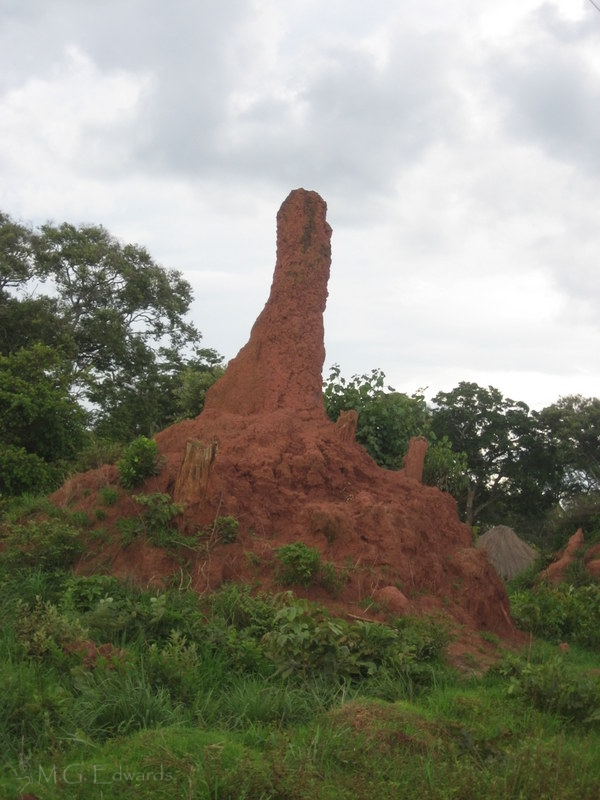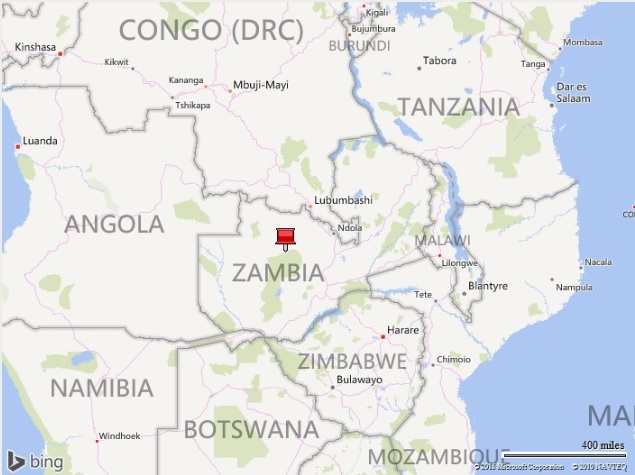Little Critters
Click here for an updated version of this article with photos.
In the United States, “little critters” are best known as a children’s chewable vitamin brand. In Africa, this has an entirely different meaning. African “little critters” refer to the insects that invade your home looking for sustenance. They could be mosquitoes looking for blood, perhaps leaving behind malaria, or different types of spiders, the most common of which in Lusaka, Zambia are the “flattie” spiders so named because of their flat bodies (they can grow quite large with a leg span of up to several inches). Some are flying termites, gnats, putsi flies, or varied types of cockroaches. Most often, they are ants of many varieties, shapes and sizes ranging from tiny sugar ants to large army ants.

African homes are quite porous and make it easy for little critters to enter at will. Whether it’s the doors with gaps that leave ample room for entry or the holes in the concrete walls meant for ventilation but more often act as sieves, homes here are built with little thought given to keeping out the creepy crawlies that find them tantalizing targets. Occupants usually learn to live with them unless the “little critters” invade en masse or appear to be a physical threat. The mandibles of a large ant leave no doubt that one bite would hurt immensely.
We’ve learned to put up with the “little critters” for the most part, except when they take a liking to our kitchen or living quarters. When a stream of sugar ants attacks a morsel left on the kitchen counter, it’s time to dispatch them. When a spider preys too close to the bed, it meets a quick demise. Spraying poison inside the home is tricky business, and using clothes or paper towels to wipe them out is impractical when they come in great numbers. Thus, we usually put with them unless they cross our threshold of comfort. “Little critters” is one of the many aspects of life in Africa that makes living on this continent more challenging than in many other parts of the world.
More About Zambia
World Adventurers Magazine
 |  |  |
|
 |  |  |  |
 |  |  |  |




